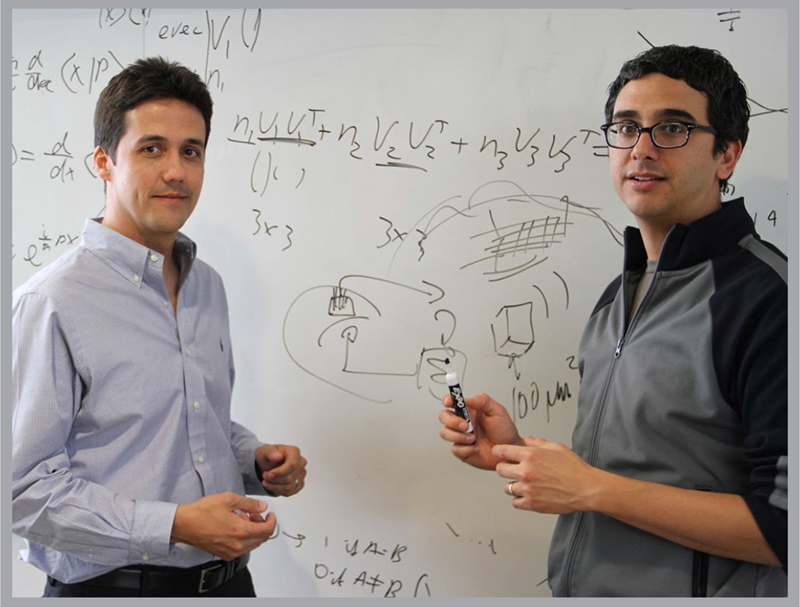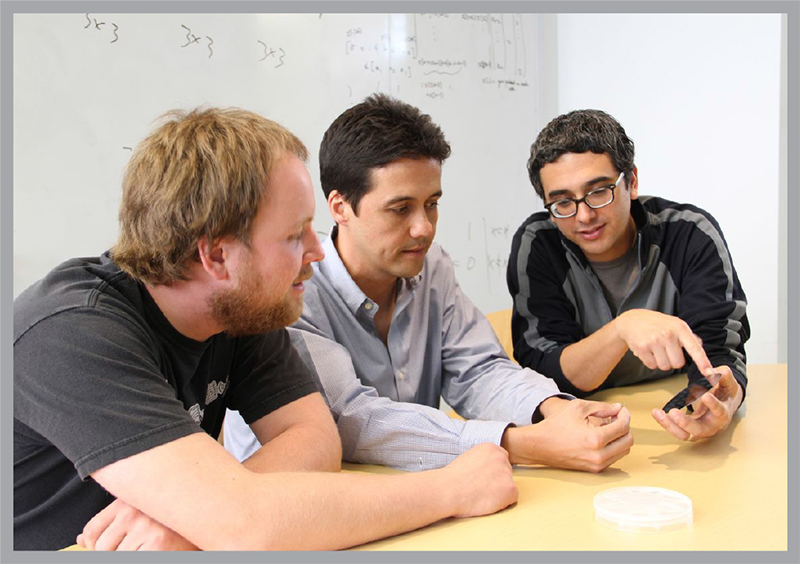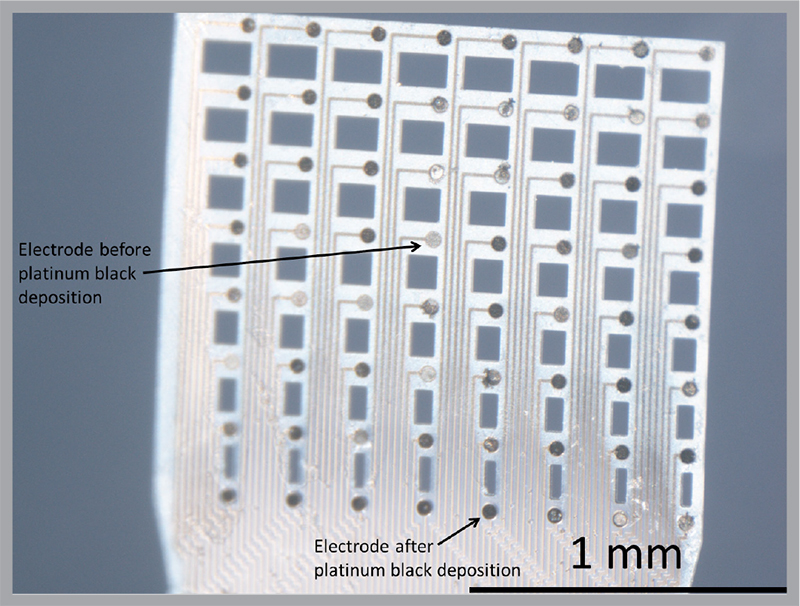Mind Over Matter
It still sounds futuristic, but the time is approaching when people paralyzed by stroke or spinal cord injury will be able to regain the experience of movement.
They will again be able to hold and manipulate a fork, or maybe a forklift, with a mechanical hand that is controlled by their mind. The connection that had been broken between thinking and doing will be replaced by a new kind of connection that can translate signals from their brain directly to the robotic hand.

The startling capability stems from insights in neuroscience, coupled with refined bioengineering. Known as a brain-machine interface, or BMI, the emerging technology can retrain the brain to think of an artificial hand as its own.
Over the past two decades, scientists have discovered the brain’s impressive plasticity – its capacity to learn new skills throughout life, and its ability to reallocate sets of neurons to new tasks. BMI exploits these capabilities. Electrodes implanted in the brain allow neurons to communicate with external software that can control a prosthetic device.
The technology is being refined in advanced laboratories in several countries, including the United States, Japan, China and several European countries. Berkeley neuroengineer Jose Carmena and bioengineer Michel Maharbiz have joined forces in a project supported by the Bakar Fellows Program aimed to move the technology from the laboratory to the real world. The Bakar Fellows Program supports innovative research by early career faculty at UC Berkeley with a special focus on projects that hold commercial promise.
“The Bakar funding encourages us to look at processes – to think about experiments that we wouldn’t likely be able to pursue with federal research grants,” says Maharbiz, a professor of electrical engineering and the self-professed “gadget man” of the team. “It is helping us look at how to leverage the activity going on in our labs to push commercialization and help people regain movement.”
Carmena, a professor of electrical engineering and of neuroscience, describes the effort as trying to tighten the “closed loop” between the firing of the brain’s neurons and the software that translates the neural signals into instructions for the prosthetics.
The exchange between neurons and the prosthetic device is a two-way street, he explains. Once subjects learn to mentally control the device, their skill at it improves, and this strengthens the neural pathways for control.

Likewise, as researchers learn more about which bundles of neurons are firing, they can update the algorithms, or mathematical instructions, that underlie the communication between the brain and the prosthetic device.
The software is the translator, or decoder. “Think of the decoder as the spinal cord that normally connects thoughts to action”, Carmena says. “In a BMI setting, the decoder is the new spinal cord. And we have shown that no matter what the spinal cord is made of, the brain will learn to use it. That is the power of brain plasticity.”
Many challenges remain – more in the neural implant technology than the robotics, Maharbiz says.
“Having wires implanted into your brain creates physiological complications. Currently, technology allows only temporary implants. That’s not practical.You wouldn’t want to replace a heart pacemaker every few months.”
In addition, the wires themselves appear to irritate, maybe even physically interfere with, neuron firing. Researchers are pursuing different strategies to overcome these problems. Maharbiz is a nano-engineer, and his lab works on fabricating extraordinarily thin, compliant wires – “like super-thin and flexible spaghetti,” he says.
Both Carmena and Maharbiz are also on the trail of greatly boosting the number of neurons, and the locations of neurons that electrodes can reach. The entire enterprise requires a tight collaboration between neuroscientists and their engineering counterparts.
“I think in California, we are poised to make big advances in BMI,” Maharbiz says. “The semiconductor industry has pushed very sophisticated microfabrication and electronics capabilities, and we also have great computer science and neuroscience expertise. There are very few places where you can see all these parts come together.”
UC Berkeley’s Marvell Nanofabrication Lab, with support from the semiconductor, computing and nanotechnology industries, for example, is equipped with sophisticated fabrication facilities to help advance the BMI effort, he says.

The Bakar Fellows Program is also closely connected to Skydeck, a Berkeley-run startup accelerator and a center for training and experience in technology entrepreneurship. Carmena’s and Maharbiz’s graduate students meet there regularly to brainstorm about potential routes to commercialization of their research.
“The Bakar support has a very interesting effect on us,” Carmena says. “I’ve always thought about bringing this technology all the way from the lab to commercialization to help disabled people. But you’re busy and have many obligations, and the goal gets pushed back.
“The Bakar program changed my mindset. We have access to experts who can help us along this route; resources to understand patent issues. You are almost pushed towards a commercial effort. And that can only help in the long run.”
